It’s the first brain-computer interface to synthesize an entire sentence.
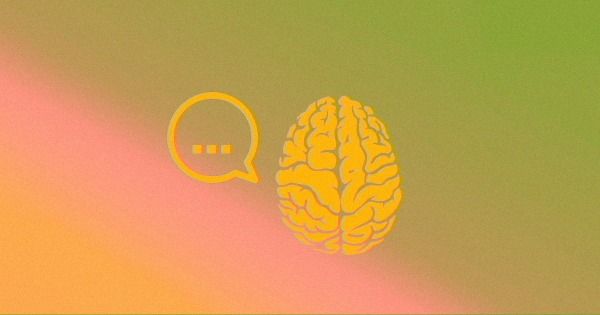


A mathematician from the University of Bristol has found a solution to part of a 64-year old mathematical problem – expressing the number 33 as the sum of three cubes.
Since the 1950s, mathematicians have wondered if all whole numbers could be expressed as the sum of three cubes; whether the equation k = x³+ y³+ z³ always has a solution.
The puzzle is a Diophantine equation in the field of number theory, and forms part of one of the most mysterious and wickedly hard problems in mathematics. We still don’t know the answer.
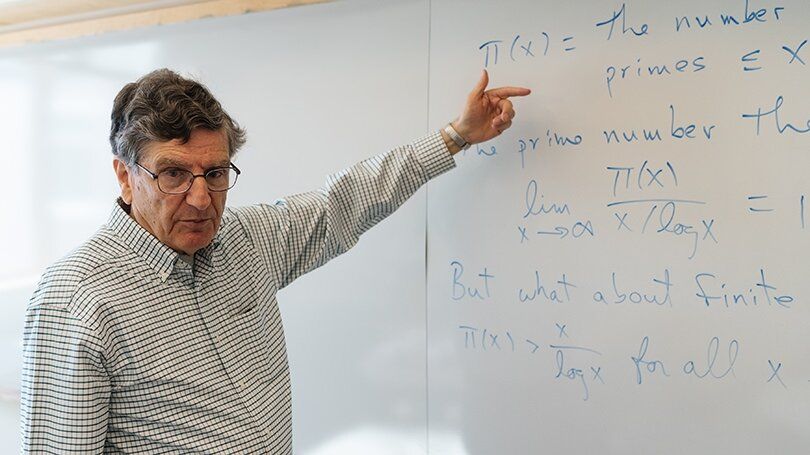
A prime number theory equation by mathematics professor emeritus Carl Pomerance turned up on The Big Bang Theory, where it was scrawled on a white board in the background of the hit sitcom about a group of friends and roommates who are scientists, many of them physicists at the California Institute of Technology.
In a recent paper, “Proof of the Sheldon Conjecture,” Pomerance, the John G. Kemeny Parents Professor of Mathematics Emeritus, does the math on a claim by fictional quantum physicist Sheldon Cooper that 73 is “the best number” because of several unique properties. Pomerance’s proof shows that 73 is indeed unique.
The Big Bang Theory is known for dressing the set with “Easter eggs” to delight the self-avowed science nerds in the audience. When UCLA physics professor David Saltzberg, technical consultant for The Big Bang Theory, heard about the Sheldon proof, he contacted Pomerance to ask if they could use it in the show, which was broadcast April 18.
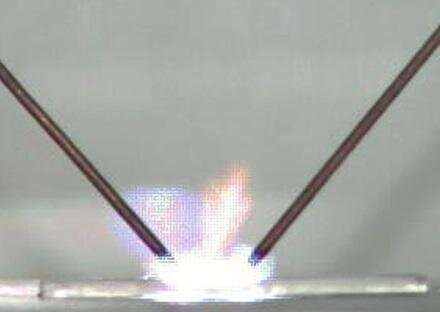
As the number of electronics devices increases around the world, finding effective methods of recycling electronic waste (e-waste) is a growing concern. About 50 million tons of e-waste is generated each year and only 20% of that is recycled. Most of the remaining 80% ends up in a landfill where it can become an environmental problem. Currently, e-waste recycling involves mechanical crushers and chemical baths, which are expensive, and manual labor, which can cause significant health and environmental problems when not performed properly. Thus, researchers from Kumamoto University, Japan have been using pulsed power (pulsed electric discharges) to develop a cleaner and more efficient recycling method.
Pulsed power has been shown to be successful in processing various waste materials, from concrete to waste water. To test its ability to be used in e-waste recycling, researchers examined its effectiveness in separating components found in one of the most prolific types of e-waste, CD ROMs. In previous work, they showed that complete separation of metal from plastic occurred using 30 pulses at about 35 J/pulse (At the current price of electricity in Tokyo, this amount of energy costs about 0.4 Yen for recycling 100 CD ROMs). To examine the mechanism of material separation using this method, researchers performed further analyses by observing the plasma discharge with a high-speed camera, by taking schlieren visualizations to assess the shock wave, and using shadowgraph images to measure fragment motion.
Images at the early stage of electrical discharge showed two distinct light emissions: blue-white and orange. These indicated excitation of aluminum and upper protective plastic materials respectively. After the plasma dissipated, fragments of metal and plastic could be seen flying away from the CD ROM sample.

“Minecraft Earth,” announced today, will allow users to collect items, blocks, and creatures while roaming around in the real world with other real-world friends — think of it as a “Minecraft”-themed “Pokémon Go” experience, but with more fishing, building and resource management.
While the extremely popular smartphone game “Pokémon Go” relied on augmented reality only minimally, the new “Minecraft” title will double down on the technology. A new feature called Azure Spatial Anchors will allow users to plop down objects in augmented reality — and persist indefinitely. Other users will also be able to interact with those same objects.
The goal is to eventually have players build their own “Minecraft” worlds for others to experience in augmented reality through their phones.
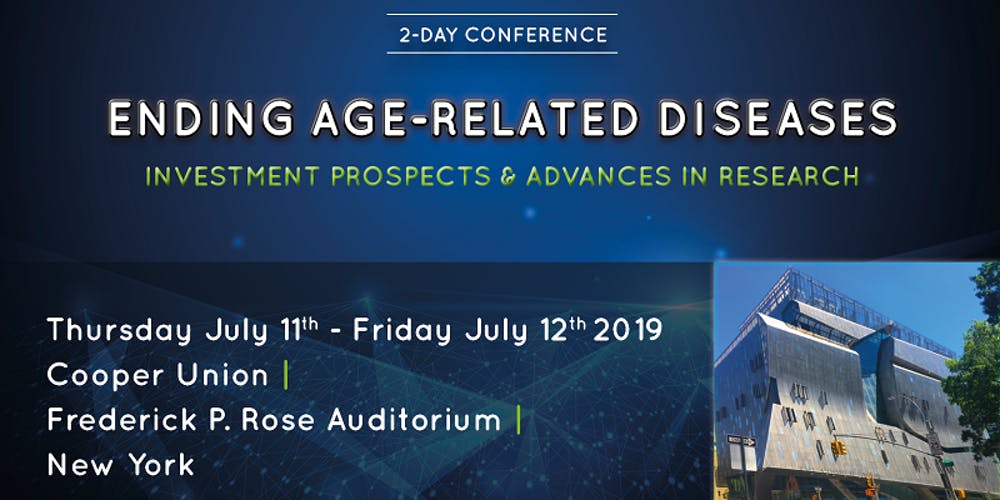
Special offer ticket price extended until midnight EDT today! Join us for two action-packed days of aging research and biotech business talks in the heart of New York City. Use the code: Metchnikoff to get $50 off the ticket cost today.
Find out more here: https://www.eventbrite.com/e/ending-age-related-diseases-20…

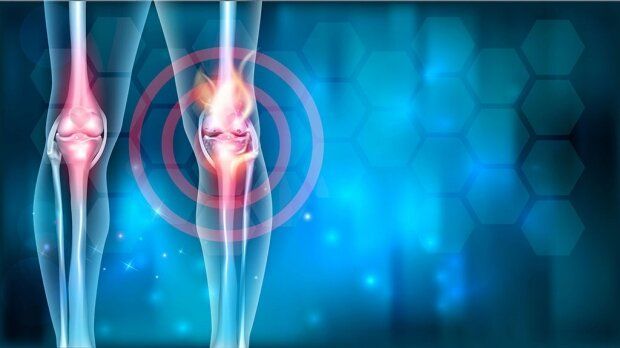
Stanford University School of Medicine scientists have definitively linked mast cells, a class of cells belonging to the immune system, to the development of osteoarthritis, one of the world’s most common causes of pain and immobility.
In a study published online May 14 in eLife, the scientists demonstrated for the first time that banishing mast cells—or blocking signals from the most common stimulus activating them in real life, or disabling a cartilage-degrading enzyme they release when activated—all protected mice from developing osteoarthritis typically induced by a classic experimental procedure. The results were supported by findings in human cells and tissues.
Osteoarthritis, by far the most frequently occurring variety of arthritis, is characterized by cartilage breakdown and inflammation in joints, which can be further aggravated by excess bone growths called osteophytes.